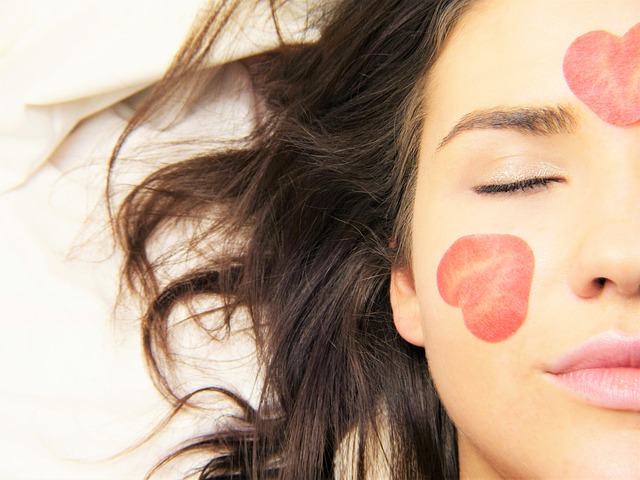Skin tags on the neck are common benign growths linked to genetics, age, hormonal changes, and friction. Individuals with a family history, certain health conditions (e.g., diabetes), or specific professions are at higher risk. While usually harmless, skin tags can be treated in Glasgow through various methods, including at-home remedies, cryotherapy, laser removal, and surgical excision, each with its pros and cons. The ideal approach depends on individual needs, preferences, and budget.
Skin tags on the neck can be unsightly and uncomfortable. This article guides you through effective methods for removing these small, hanging skin growths, both at home and with professional help. We’ll delve into the causes and risk factors associated with Glasgow Skin Tag Removal, offering practical advice for achieving a smooth, tag-free neck. Learn how to choose the best approach based on your comfort level and budget.
- Understanding Skin Tags on the Neck: Causes and Risk Factors
- Effective Methods for Glasgow Skin Tag Removal at Home and by Professionals
Understanding Skin Tags on the Neck: Causes and Risk Factors
Skin tags on the neck, a common concern for many, are small, soft skin growths that typically appear as harmless bumps. While they are usually benign, understanding their causes can help individuals make informed decisions about Glasgow Skin Tag Removal. Several factors contribute to the development of these tags, including genetics, age, hormonal changes, and friction or irritation of the skin. Individuals with a family history of skin tags are more prone to developing them, suggesting a genetic predisposition. As people age, their skin becomes less elastic, making them more susceptible to skin tag formation. Hormonal shifts, such as those during pregnancy or menopause, can also trigger the growth of these benign lesions.
Certain lifestyle choices and environmental factors may increase the risk of developing skin tags on the neck. For instance, being overweight or obese can lead to increased friction in the neck area, potentially contributing to skin tag formation. Additionally, individuals with diabetes are at a higher risk due to poor blood circulation and skin changes associated with the condition. Professions that require prolonged periods of standing or specific neck movements may also play a role, as constant friction or strain on the skin can lead to the development of skin tags over time.
Effective Methods for Glasgow Skin Tag Removal at Home and by Professionals
Skin tags, small hanging pieces of skin, while usually harmless, can be unsightly and uncomfortable, especially on areas like the neck. Fortunately, there are effective methods for Glasgow Skin Tag Removal that cater to both at-home and professional treatments. For minor skin tags, many people opt for home remedies such as tying them off with medical string or applying over-the-counter salves containing salicylic acid or apple cider vinegar. These methods are generally safe and can be done in the comfort of your own home, but their effectiveness may vary.
For more persistent or numerous skin tags, it’s advisable to consult a professional dermatologist. They offer various clinical treatments including cryotherapy (freezing), laser removal, and surgical excision. Each method has its advantages and potential side effects, with cryotherapy being quick and relatively painless, laser removal suitable for larger skin tags, and surgical excision offering a permanent solution but with a slightly higher risk of scarring. Choosing the right Glasgow Skin Tag Removal method depends on individual preferences, budget, and the size, number, and location of the skin tags.
Skin tags on the neck can be unsightly and uncomfortable, but with the right approach, removal is achievable. Understanding the causes and risk factors associated with these small skin growths is key, as is knowing the various methods available for effective Glasgow Skin Tag Removal. Whether at home or under professional care, there are safe and reliable options to eliminate skin tags, enhancing your overall appearance and confidence.
